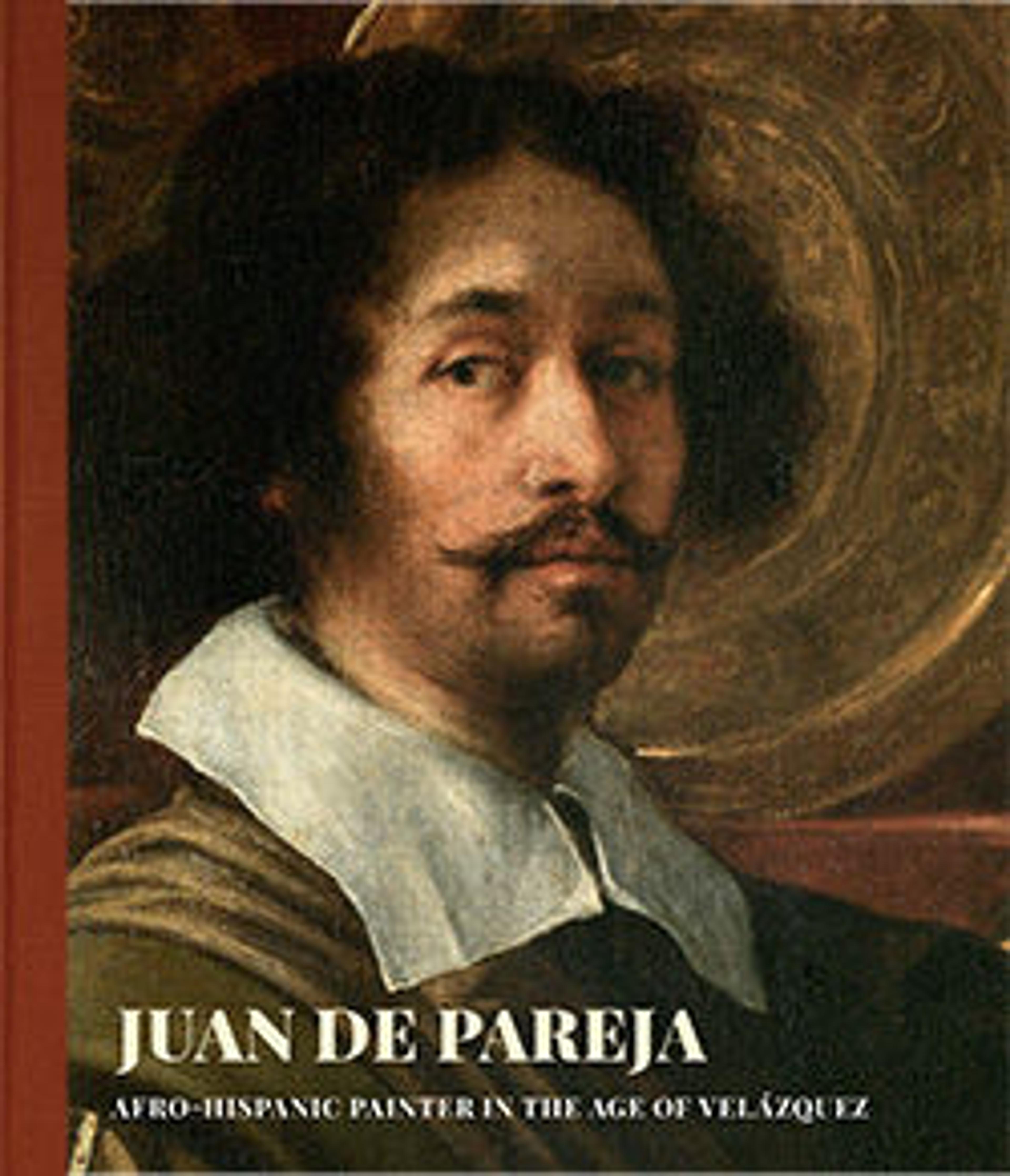The Childhood of Sebastián Gómez
This print illustrates a chapter in Eugénie Foa's 1856 book on the childhoods of famous painters and musicians, a popular subject in the mid-nineteenth century. According to the narrative, upon discovering that his enslaved studio assistant, Sebastián Gómez, had skillfully executed and transformed paintings overnight, the Spanish seventeenth-century painter Murillo agrees to grant him whatever he most desires as recompense. As the caption indicates, Gómez asked for the freedom of his father, which Murillo conceded, along with that of the promising young artist himself. Recent scholarship suggests that while Gómez was apprenticed to Murillo, he was neither of African descent, nor enslaved; rather, it seems the biography of Juan de Pareja, the enslaved assistant whom Velázquez liberated, was grafted onto him.
Artwork Details
- Title: The Childhood of Sebastián Gómez
- Artist: Auguste Hadamard (French, Metz 1823–1886 Paris)
- Printer: Lemercier & Cie. (French, Paris)
- Subject: Sebastián Gómez (Spanish, ca. 1646–1682 Seville)
- Subject: Bartolomé Estebán Murillo (Spanish, Seville 1617–1682 Seville)
- Date: 1856–63
- Medium: Hand-colored lithograph with printed tone
- Dimensions: Image: 5 in. × 3 11/16 in. (12.7 × 9.3 cm)
Sheet: 8 1/16 × 5 3/16 in. (20.4 × 13.2 cm) - Classification: Prints
- Credit Line: Anonymous Gift, 2021
- Object Number: 2021.29
- Curatorial Department: Drawings and Prints
More Artwork
Research Resources
The Met provides unparalleled resources for research and welcomes an international community of students and scholars. The Met's Open Access API is where creators and researchers can connect to the The Met collection. Open Access data and public domain images are available for unrestricted commercial and noncommercial use without permission or fee.
To request images under copyright and other restrictions, please use this Image Request form.
Feedback
We continue to research and examine historical and cultural context for objects in The Met collection. If you have comments or questions about this object record, please contact us using the form below. The Museum looks forward to receiving your comments.
